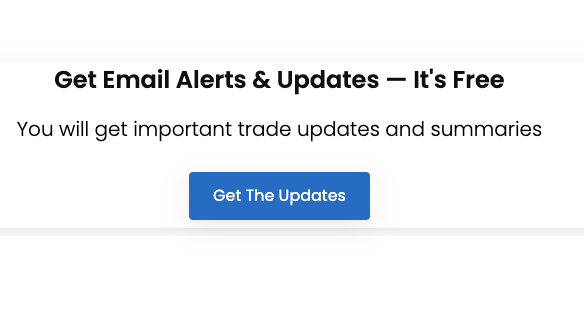The best way for me to explain what you are seeing in a typical UOA trade is to show you an example of a typical trade and then break it down for you.

The first thing you will probably notice in the image above is that one of the trades says “SWEEP DETECTED” and the other doesn’t. These are the two different types of trades that you will usually see. Apart from the “SWEEP” there is not usually much difference in how the data is presented. Now let’s break it down.
SWEEP DETECTED: When you see this on a trade, all it means is that the trade was done in one go, usually via one exchange or route. This is in contrast to when a trade is broken up into small bits and routed through more than one exchange.
2141: This is the trade size. Simply the number of contracts that were bought.
JUL 20: This is telling you when the contract will expire. In this case JUL = the month of July & 2020 = the year. By default, the exact day of expiration will be the 3rd Friday in that month. In this case, it will be July 17th. If the expiration date is different from the standard/default then you will see that in the data. For instance if it is a Weekly contract, it will say what the date is.
CALLS: This is telling you what type of contract is being bought and, more importantly, what is the bias of the trader behind the trade and what he/she expects to happen. CALLS= they expect a bullish move and PUTS= a bearish move.
$0.799 = this is the price being paid for the contracts
FT Theo =.76: This is telling us what the Theoretical value of the Option is. Thi is a computer generated price based on the Options pricing models and it gives you an idea of whether the buyer is oerpaying or underpaying for the contract.
Above Ask: This is basically telling us that the trader is paying more than the current asking price for the contract. This is usually a sign of aggression on the part of whoever is behind the trade.
MULTI: This is the Exchange or Route that was used to execute the trade. There are many such exchanges and routes so you will see different ones from time to time.
15:07: This is time when the trade was taken
IV: This is the Implied Volatility. This tells us what kind of move the traders are expecting but the IV makes more sense when it compares to the Historical Volatility. In this example the IV is 60.7% and the +17.5 is telling us how much the IV has increased by. Big moves in IV usually means they are expecting really big moves.
OPENING: This is telling us that this is a new position being opened.
52 WEEK HIGH: This means the underlying stock is trading a 52 week high. Obviously you won’t see this on all trades.
Vol: This is telling us what is the current volume of contracts traded
OI: This is telling us what the current Open Interest (OI) is at the time that the trade was taken.
I made a video that lays out exactly how you can find and use Unusual Options Activity to make profitable Options trades. Check out the video here


